- News
- Reviews
- Bikes
- Accessories
- Accessories - misc
- Computer mounts
- Bags
- Bar ends
- Bike bags & cases
- Bottle cages
- Bottles
- Cameras
- Car racks
- Child seats
- Computers
- Glasses
- GPS units
- Helmets
- Lights - front
- Lights - rear
- Lights - sets
- Locks
- Mirrors
- Mudguards
- Racks
- Pumps & CO2 inflators
- Puncture kits
- Reflectives
- Smart watches
- Stands and racks
- Trailers
- Clothing
- Components
- Bar tape & grips
- Bottom brackets
- Brake & gear cables
- Brake & STI levers
- Brake pads & spares
- Brakes
- Cassettes & freewheels
- Chains
- Chainsets & chainrings
- Derailleurs - front
- Derailleurs - rear
- Forks
- Gear levers & shifters
- Groupsets
- Handlebars & extensions
- Headsets
- Hubs
- Inner tubes
- Pedals
- Quick releases & skewers
- Saddles
- Seatposts
- Stems
- Wheels
- Tyres
- Health, fitness and nutrition
- Tools and workshop
- Miscellaneous
- Tubeless valves
- Buyers Guides
- Features
- Forum
- Recommends
- Podcast
TECH NEWS
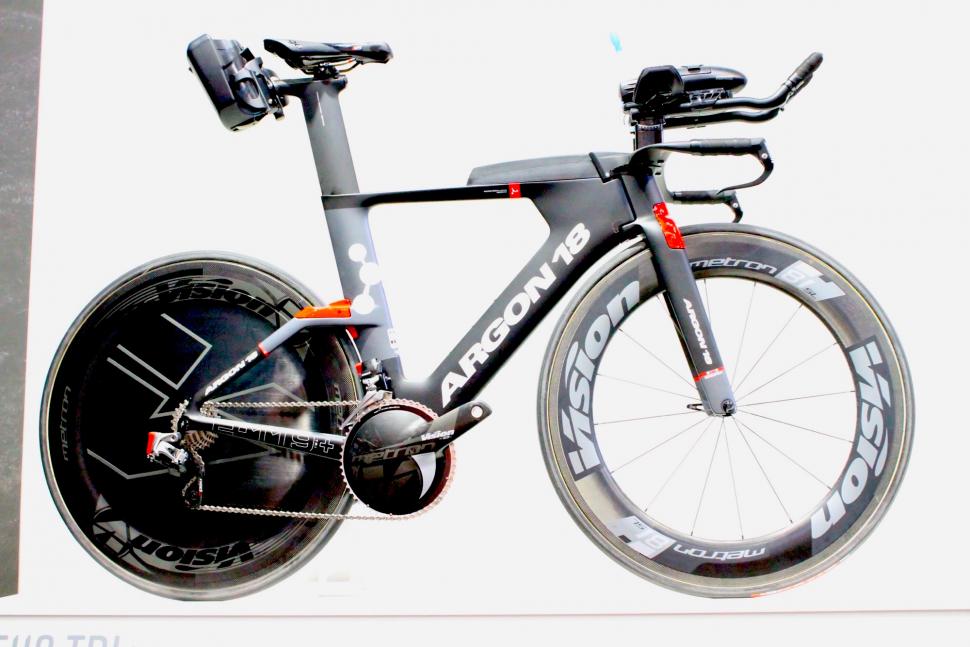 Eurobike 2017 Argon 18 E119 Tri+ - 1.jpg
Eurobike 2017 Argon 18 E119 Tri+ - 1.jpgEurobike 2017: time trial and triathlon bikes
Most of the major brands, and many smaller ones, have at least one time trial and/or triathlon model in their range and here are the most interesting that we spotted while wandering the Eurobike halls last week.
Everyone has seen the Pinarello Bolide lots over the past few years because it’s the bike used in time trials by Chris Froome and the rest of Team Sky.
Although this mannequin on Castelli’s stand has Froome’s name on its arm (should that be 'his arm'?), the bike isn’t set up exactly to the four-time Tour de France winner’s spec; he uses Osymetric chainrings, for example.
The bike does feature the super-expensive handlebar setup designed in-house by Pinarello.
Speaking of mannequins, this one on the Endura stand represents Alex Dowsett on his Hour Record ride in 2015 (those elbows look painful and, more to the point, they’re adding to the drag).
The bike is a Canyon Speedmax WHR (the WHR standing for World Hour Record) based on the Speedmax CF. As a track bike there are, of course, no brakes. The dropouts are positioned horizontally and the carbon layup of the rear triangle has been revised for a 120mm track-specific axle.
BMC’s Timemachine 01 has what’s called a V-Cockpit, a design collaboration with Sauber Engineering, which offers height adjustment.
The bike also features BMC’s Hidden Brake Booster Technology tucked away in a compartment at the front of the top tube. This is designed to increase the brake-lever-pull to calliper-free-stroke ratio. The idea is that this gives you extra brake pad clearance so they won’t hit the rim (and slow you down) if the wheel flexes.
Ceepo is a triathlon bike specialist and its Viper isn’t UCI legal. As with many TT bikes – and aero road bikes, for that matter – the rear brake is hidden away under the chainstays.
The Viper R is an update of the straight Viper with an integrated front hydration system developed with Profile Design and an integrated stem / bento box system.
Ceepo claims that this results in “a 15% improvement in wind tunnel testing compared to the same Viper with a conventional race day setup”.
Dedacciai’s Flash 2 features a front brake that’s fully integrated into the monocoque carbon fork and the rear brake is hidden by a carbon fairing below the bottom bracket.
Bianchi’s Aquila CV features Countervail technology that’s designed to reduce vibration, Countervail being “a carbon composite-material system that, with its special fibre architecture, combines patented structural carbon with viscoelastic resin,” according to Bianchi.
The idea is that by smoothing the ride the Countervail helps you maintain your aero riding position for longer and therefore reduces drag.
Argon 18 offers several different TT and triathlon models and this E119 Tri+ is the top level offering. The rear brake is positioned horizontally and hidden under a cover at the top of kinked seatstays.
Unlike the E119 Tri+, the E117 is UCI-legal. It features Argon 18’s Press-Fit 3D system that gives you the choice of three different head tube heights via large diameter spacers with the upper headset bearing sitting on top.
Storck’s Aero 2 Platinum is light by the standards of its genre with a frame as little as 1,190g, and a 340g fork.
Of course, time trial and triathlon bikes are focused more on aerodynamics than lightness but, all other things being equal, a low weight is always welcome.
The Stevens Volt comes with hidden brakes along with a food box and drinking system that are integrated into the top tube and cockpit. The seatstays join the seat tube super-low to reduce the frontal area – well below the top of the wheel.
The Super Trofeo sits below the Volt in Stevens’ range but you still get frame tubes shaped for aerodynamics, an integrated stem and brakes that are tucked away.
Fuji focused on providing plenty of fit adjustment when developing the Norcom Straight. The Oval Concepts stem is available in two different rise options and six lengths, for example, you get 180mm of saddle height adjustment and 70mm of fore/aft movement.
This top level Norcom Straight 1.1 is built up with a mainly SRAM Red eTap (wireless electronic shifting) groupset.
This Scott Plasma is a replica of the one ridden by 2014 Ironman World Champion Sebastian Kienle.
It’s set-up with a Sram Red eTap groupset with Clics installed at the end of the extensions, one moving you up the cassette, the other moving you down the cassette.
Cervelo’s P5X does without a seat tube or seatstays. The idea, as is usually the case when it comes to tri bikes, is to reduce drag.
The P5X features flat mount disc brakes, thru axles and plenty of food and drink storage options.
Diamondback’s Andean does without seatstays too. In fact, it’s an extraordinary looking bike all round, featuring what Diamondback calls its Aero Core – the section of the frame that sits directly between the wheels. This is intended to be a single large airfoil.
There’s loads of storage space inside, avoiding the need to add non-aero elements, or to tape supplies to the frame.
De Rosa’s TT-03 looks stunning. This model, with Campagnolo EPS electronic shifting, has very little exposed cable.
That’s a TRP V-brake hidden at the back of the fork legs while the rear brake is positioned behind the bottom bracket.
Fellow Italian brand Colnago has an equally eye-catching TT bike in the shape of the K.One. This one is a replica of the one ridden by UAE Team Emirates’ former world champion Rui Costa.
Kuota has three triathlon bikes in its range, the top model being this KT05 with an integrated frame, fork, handlebar and brake system.
The Kalibur is similar in some respects but the front brake is positioned behind the fork.
The fork leads externally up to a carbon cockpit that's Kuota’s own.
The KT03 has been redesigned, the fork now having an external steerer tube and the seatstays joining the seat tube very low.
Mat has been in cycling media since 1996, on titles including BikeRadar, Total Bike, Total Mountain Bike, What Mountain Bike and Mountain Biking UK, and he has been editor of 220 Triathlon and Cycling Plus. Mat has been road.cc technical editor for over a decade, testing bikes, fettling the latest kit, and trying out the most up-to-the-minute clothing. He has won his category in Ironman UK 70.3 and finished on the podium in both marathons he has run. Mat is a Cambridge graduate who did a post-grad in magazine journalism, and he is a winner of the Cycling Media Award for Specialist Online Writer. Now over 50, he's riding road and gravel bikes most days for fun and fitness rather than training for competitions.
Latest Comments
- slc 2 sec ago
Fair enough, people driving through have a stake. A reasonable decision by BCC, if not my own preference, would have been to modify Beaufort Rd...
- tubasti 6 min 16 sec ago
More likely, the fork offset was increased to offset the gain in trail effected by the use of fatter tires.
- wtjs 26 min 1 sec ago
Inexcusable. Allows people like Iain Duncan-Smith and other Daily Telegraph buffers to tar all cyclists with the same brush...
- Rendel Harris 41 min 20 sec ago
Note that only one of them was actually used by him as a race bike (the 2010 Madone) and that not in his "glory" years, I'm sure one of his Tour...
- notMyRealName 45 min 17 sec ago
Will they, though? Would there be any kind of retroactive analysis at all? Who would know about the previous NFA incident? I'm afraid I have low...
- David9694 1 hour 9 min ago
You have to wonder how many drivers are merrily writing-off their cars this way. Nearly all the coverage is flooding related - Chippenham and...
- Gbjbanjs 1 hour 39 min ago
Prudhomme is the worst thing in pro cycling - even worse than the green washing and red washing.
- OnYerBike 2 hours 4 min ago
Where did you read the minimum tariff is 5 years? Sentencing Guidelines says it's 2 years (minimum disqualification is 5 years)....
- chrisonabike 2 hours 35 min ago
That is some rustic sashimi there...
- wtjs 2 hours 48 min ago
I bought the excellent Edge 1040 last year with a good, but not sensational, reduction, and this year I have bought a couple of expensive academic...






























































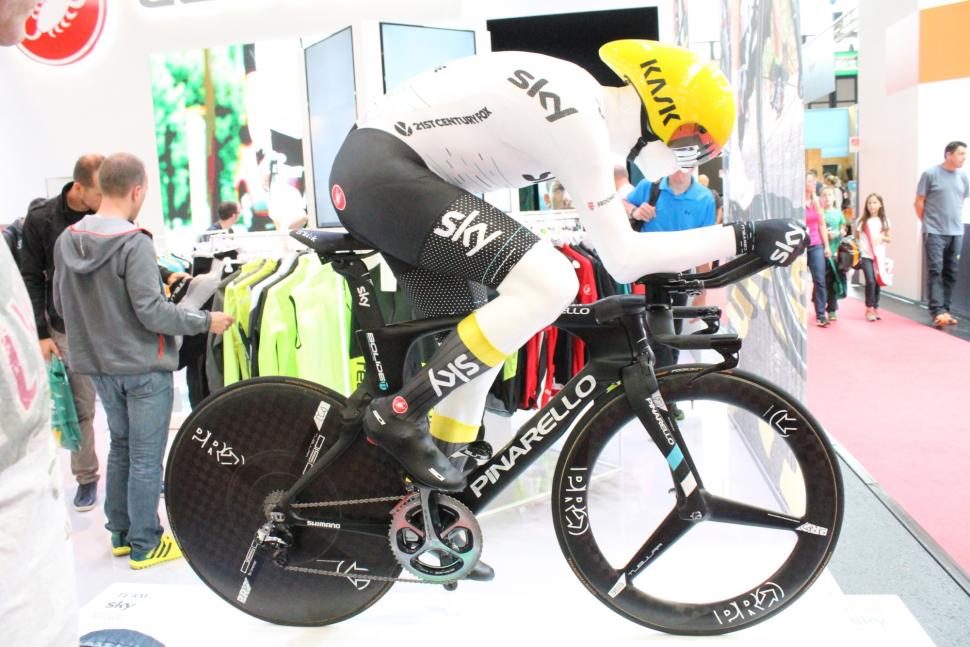


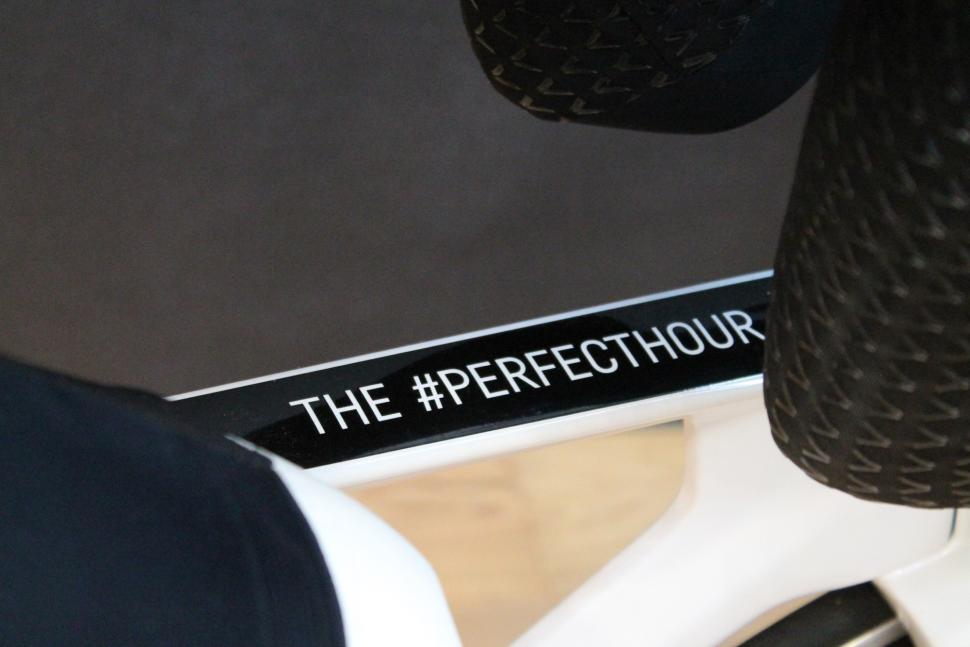

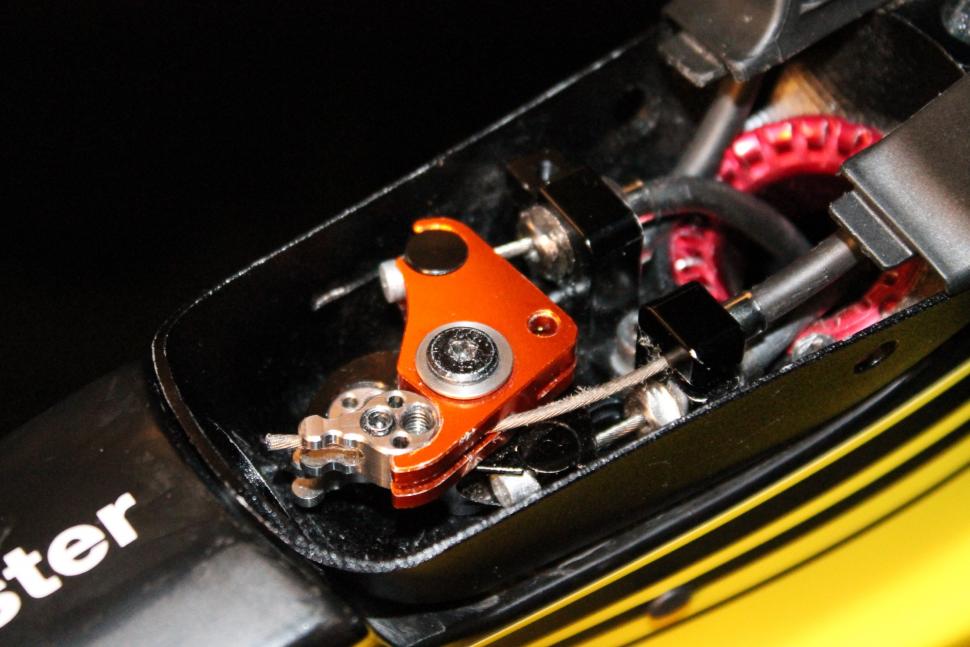
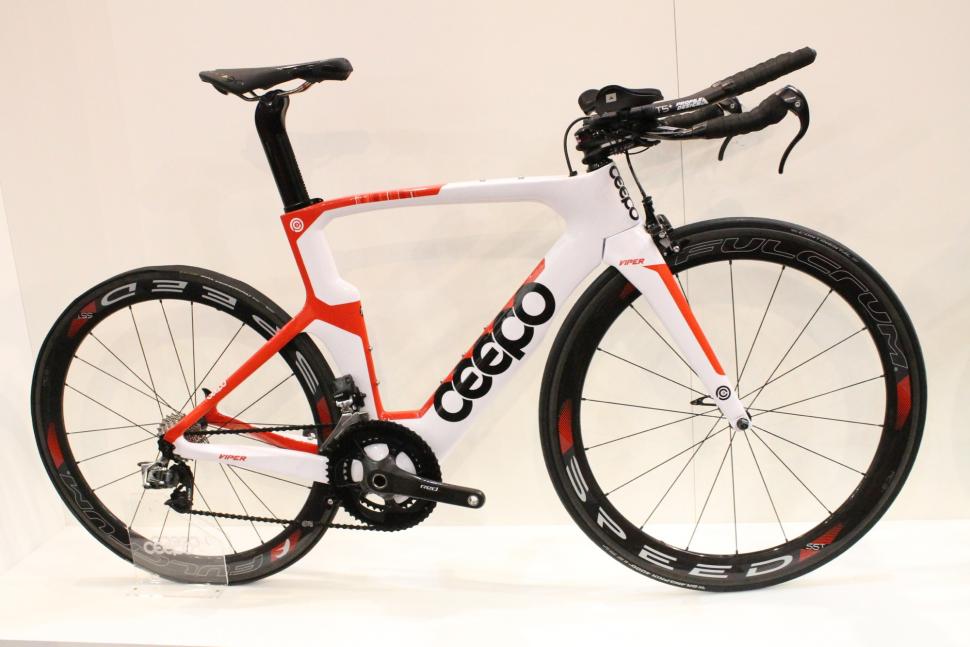

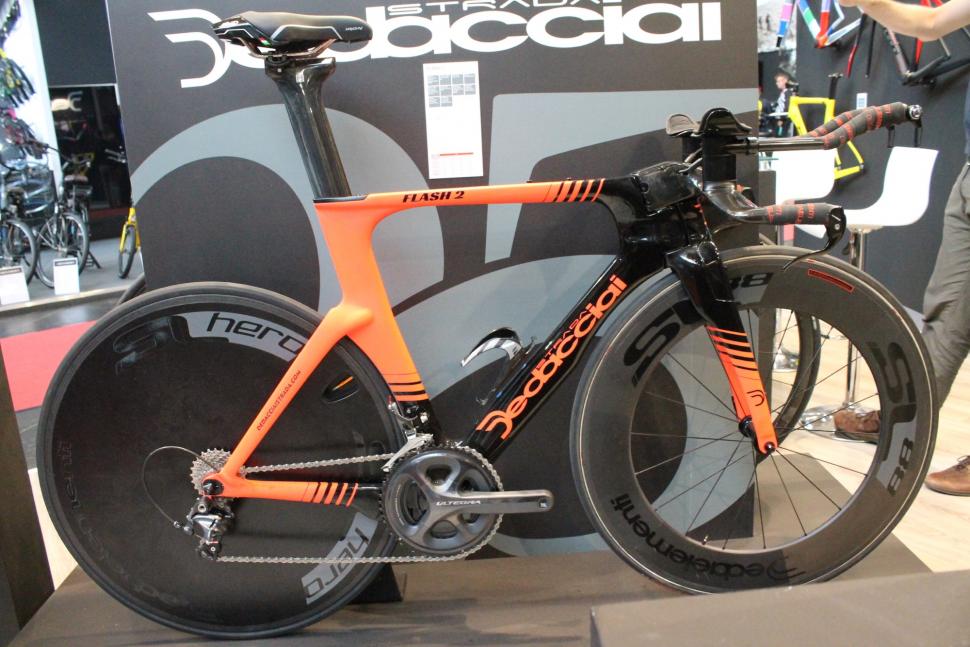
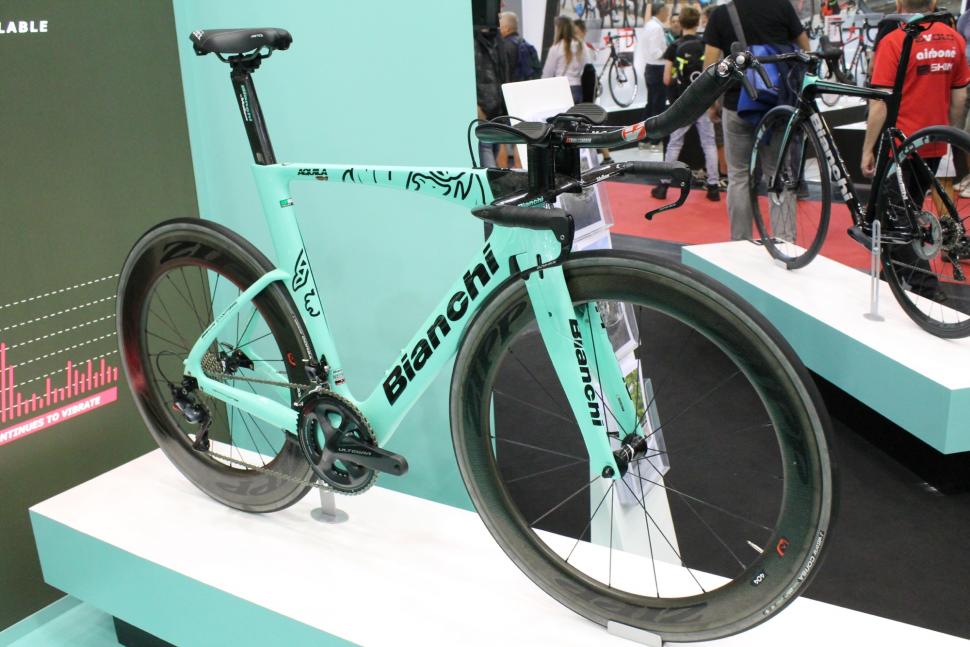

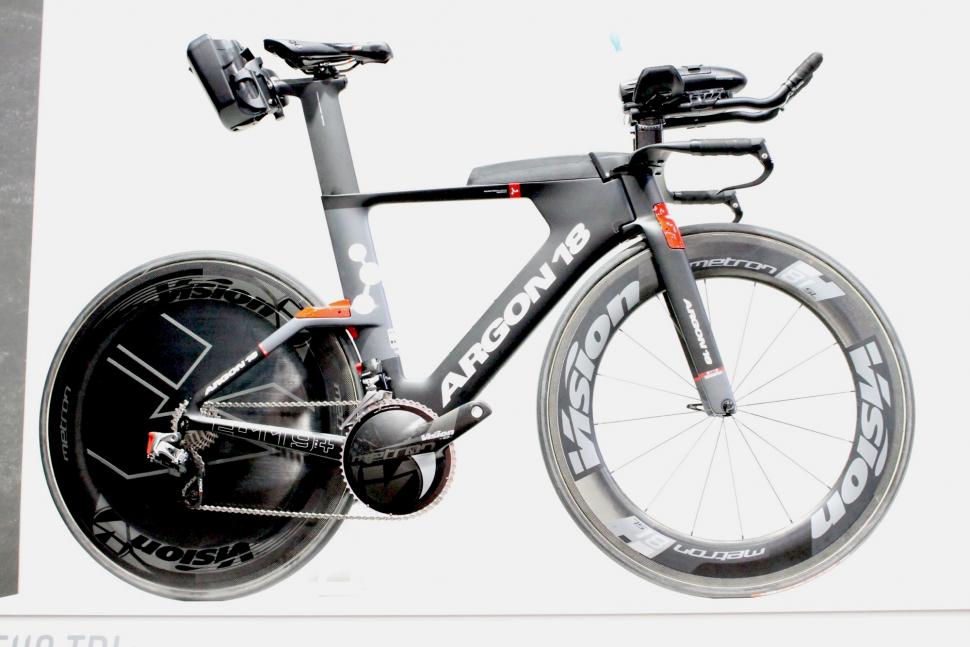


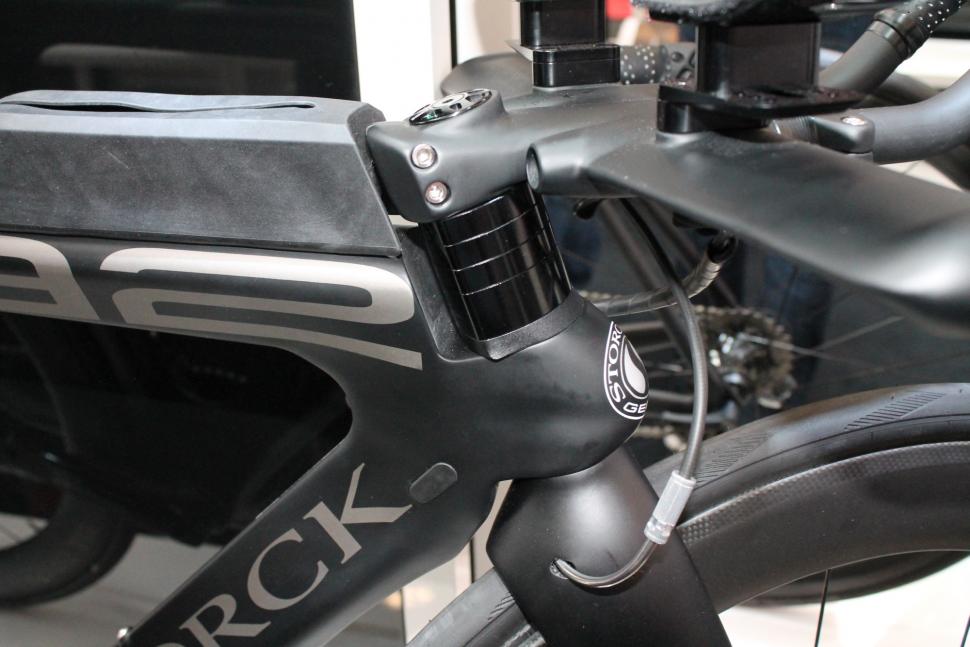
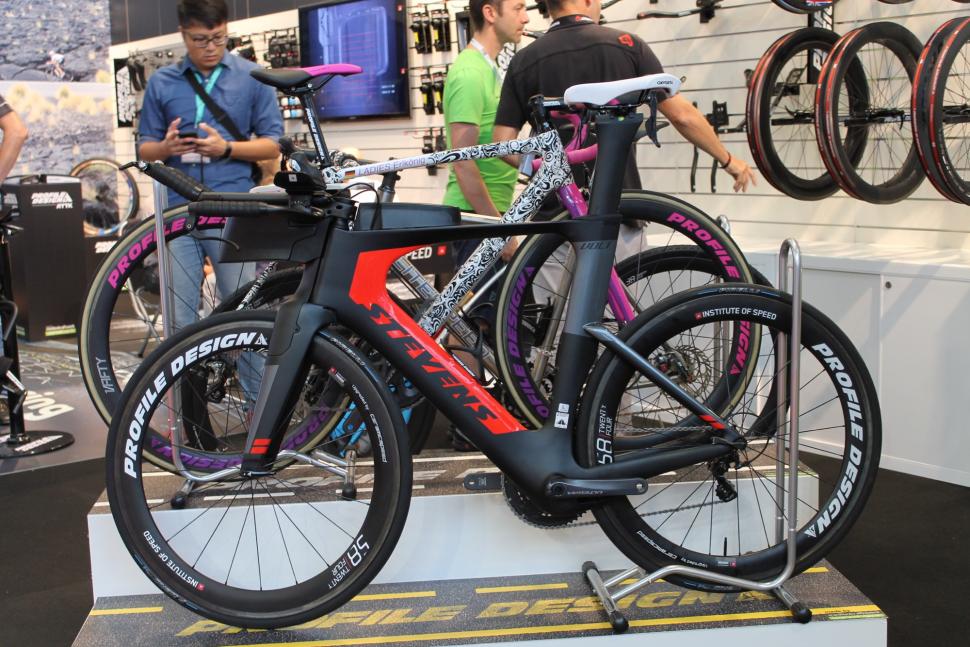
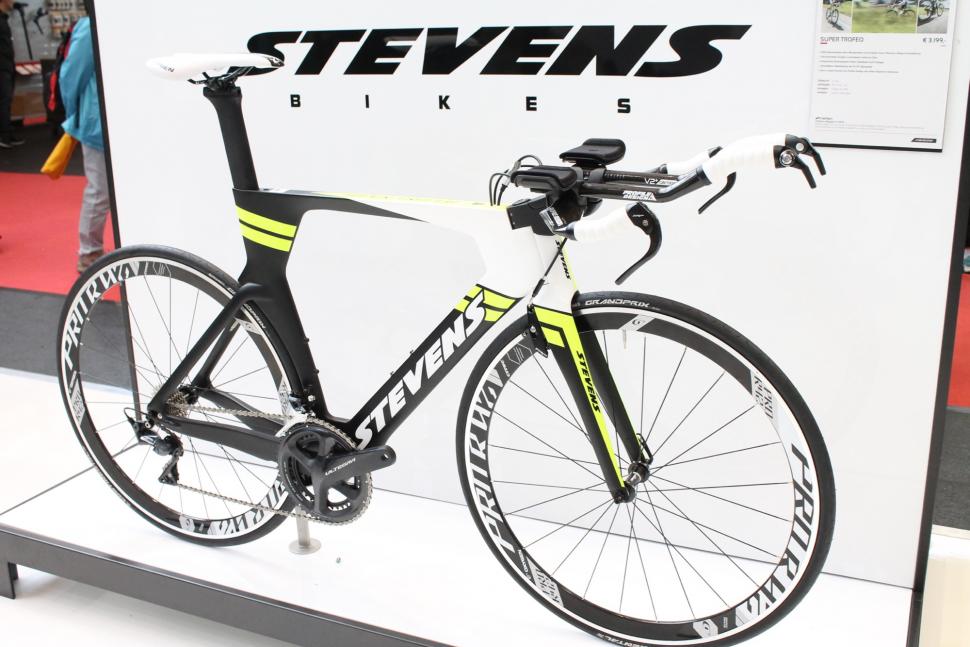
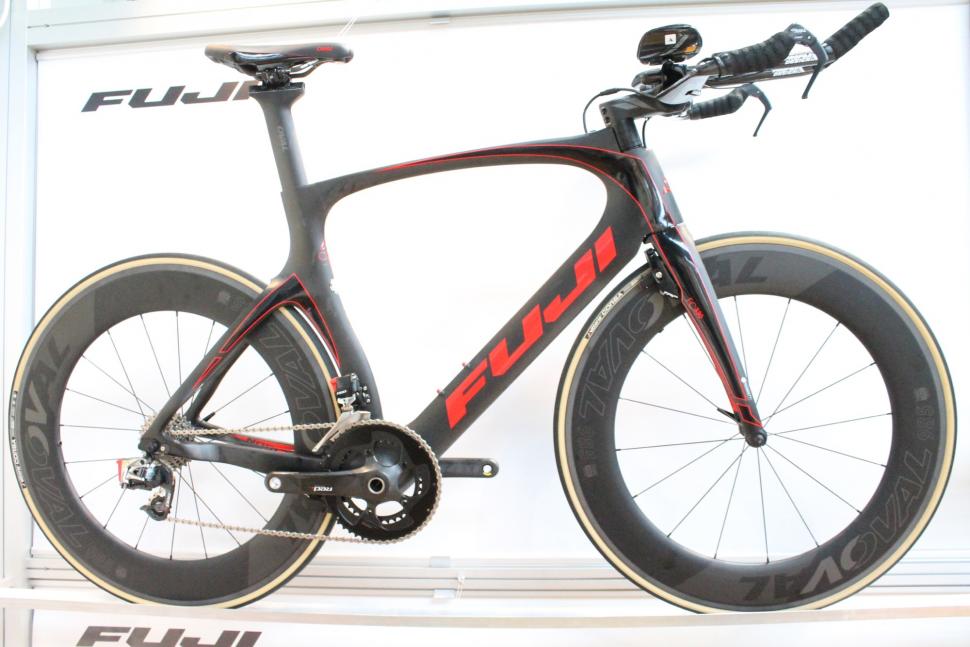
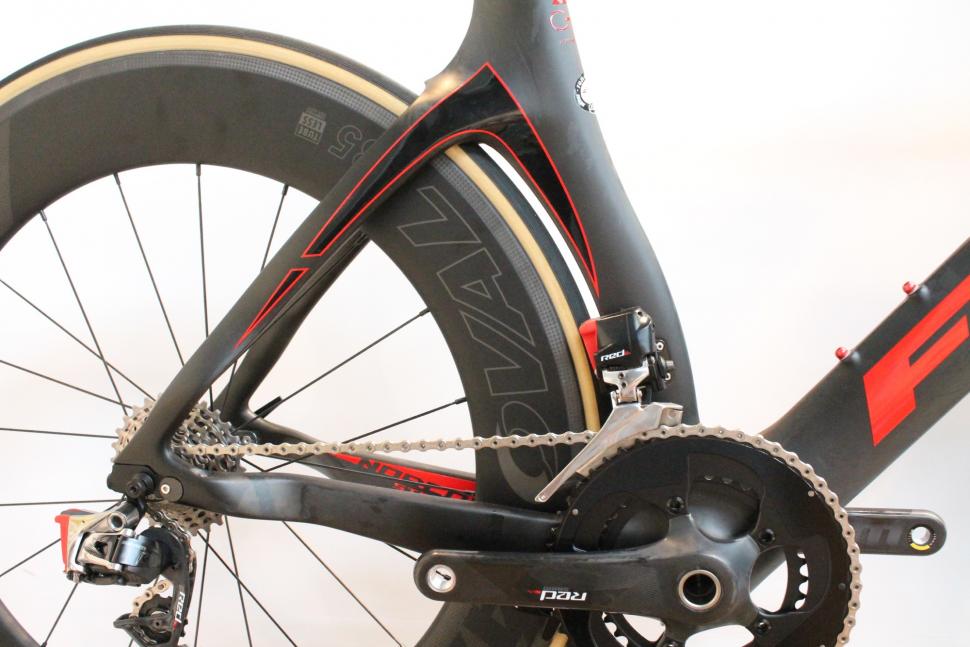

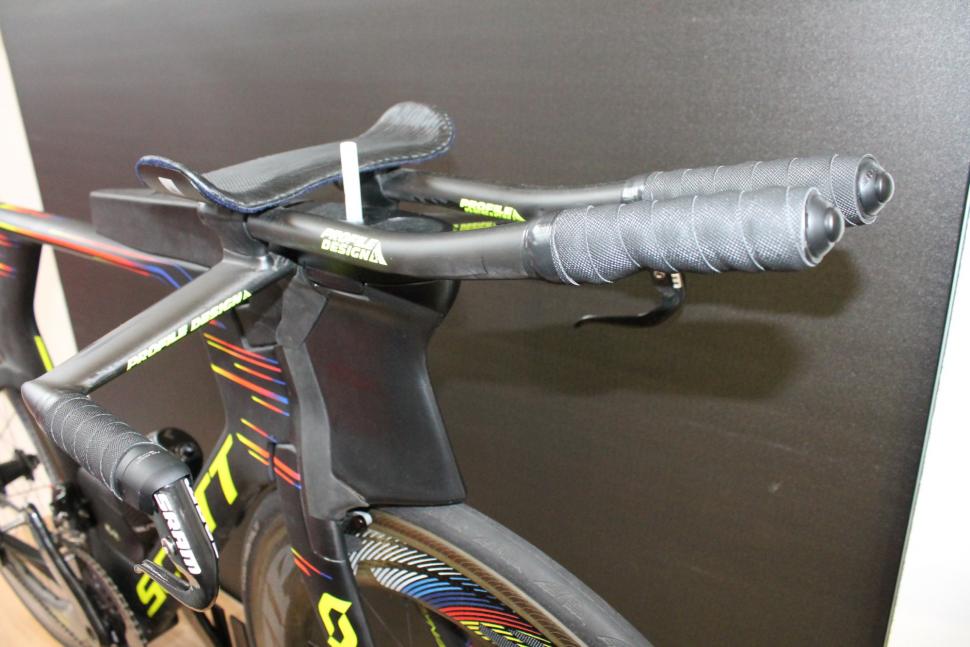
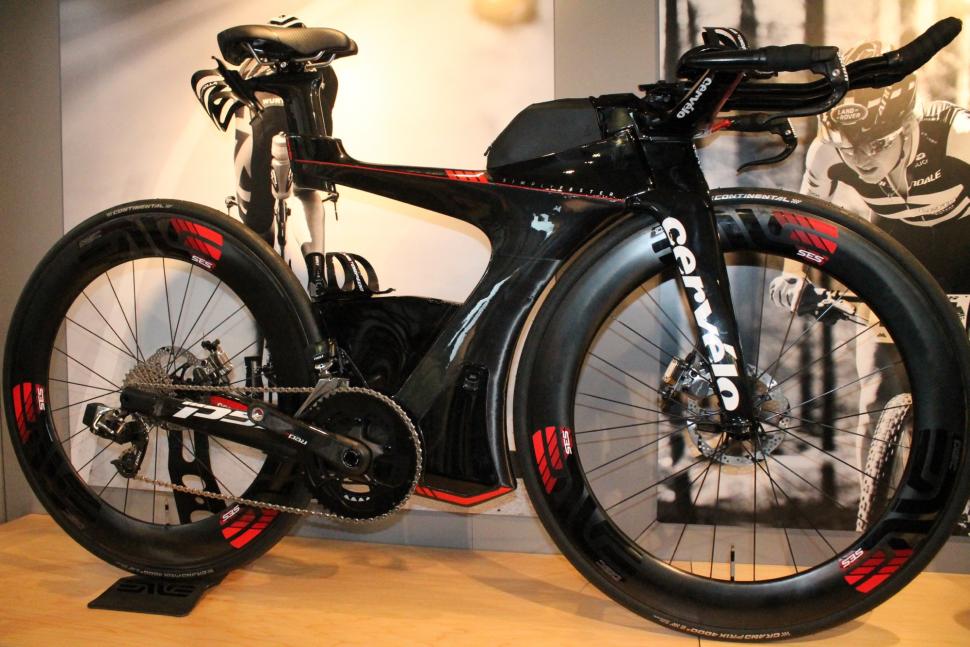


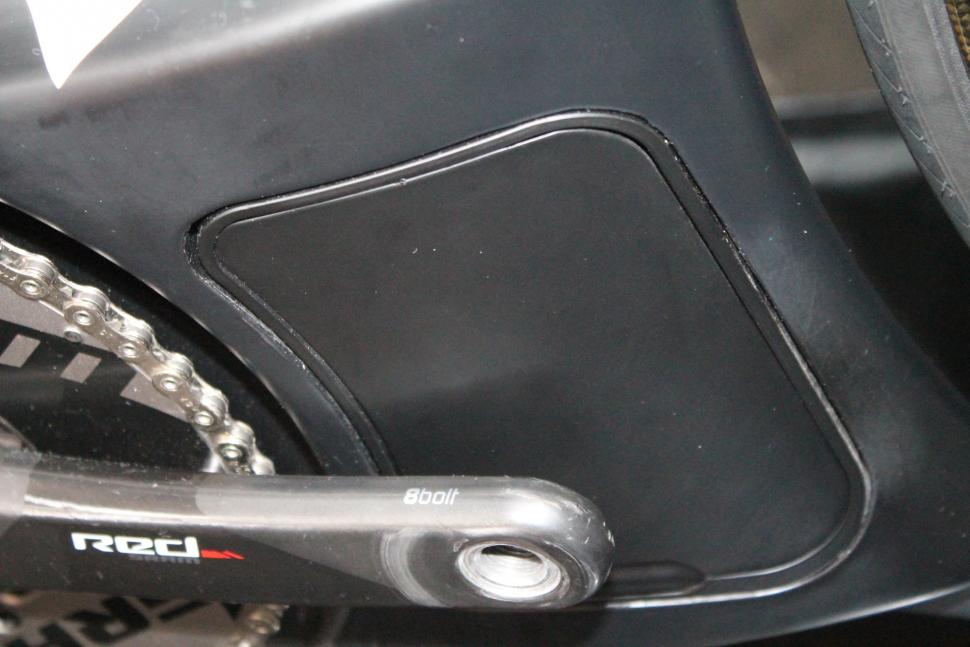

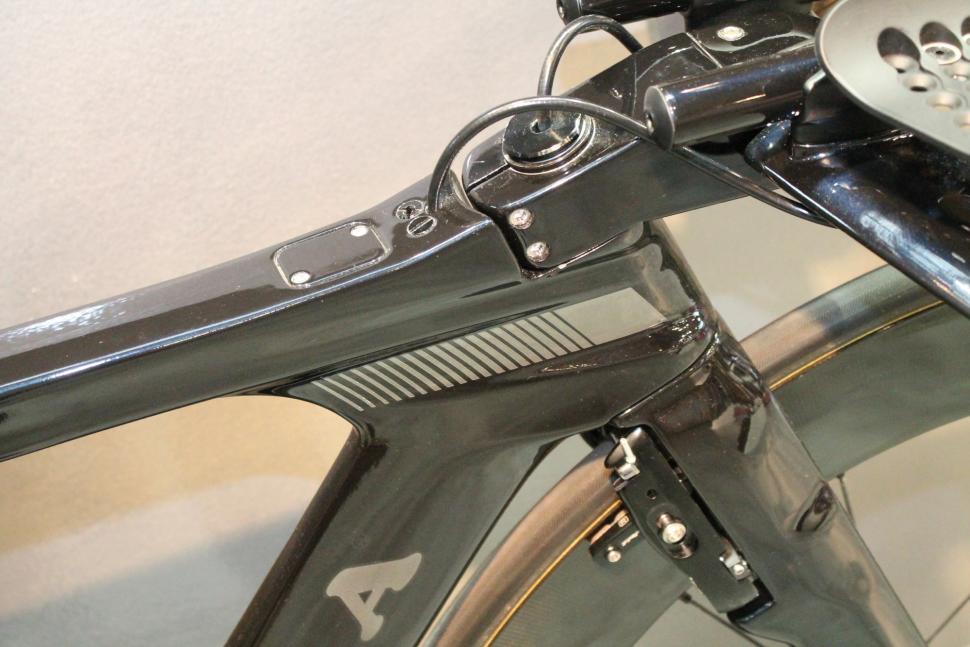

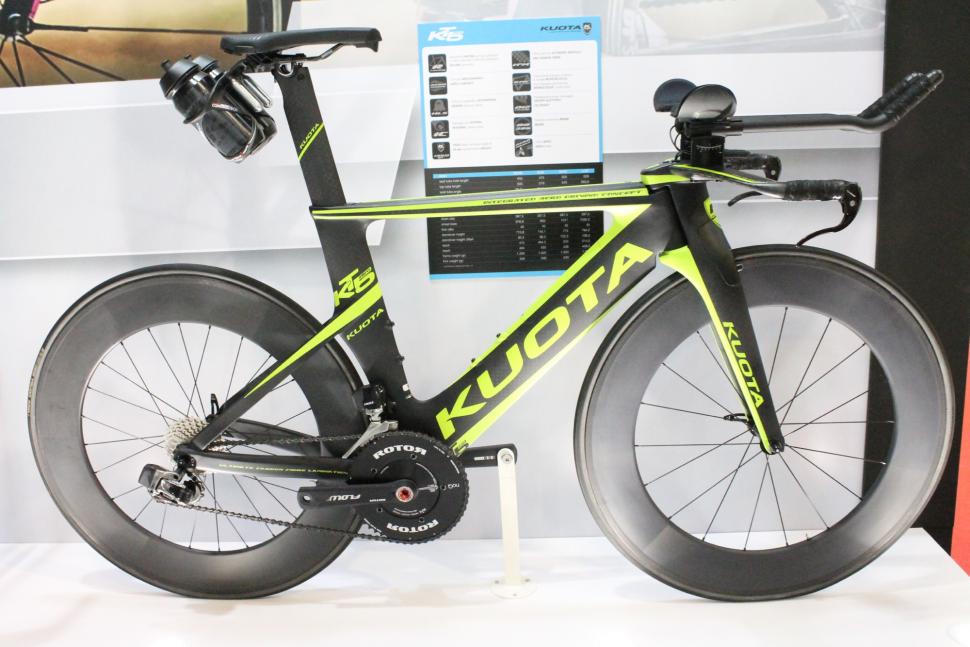
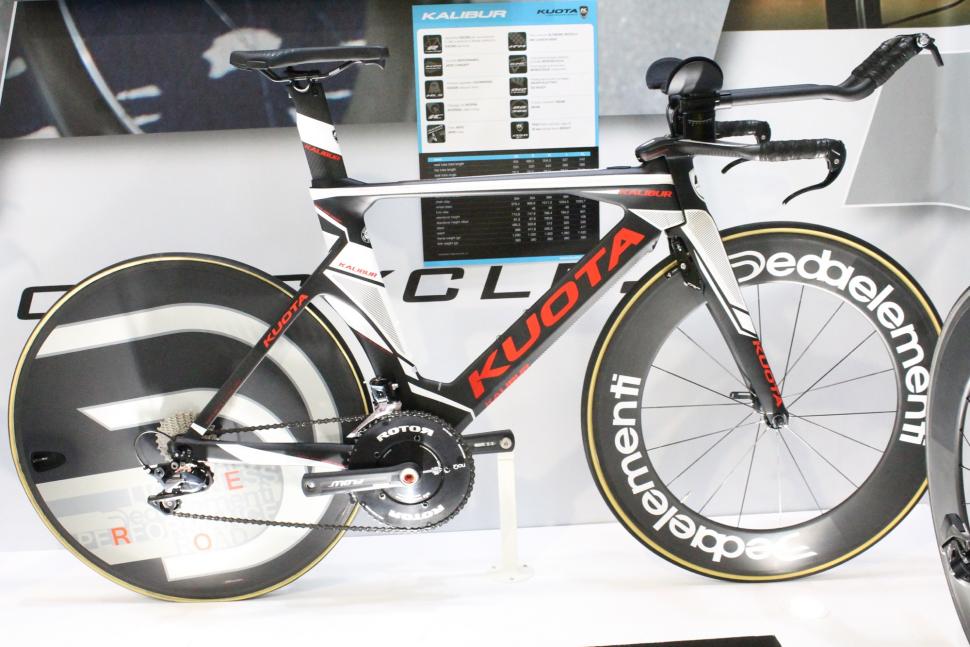
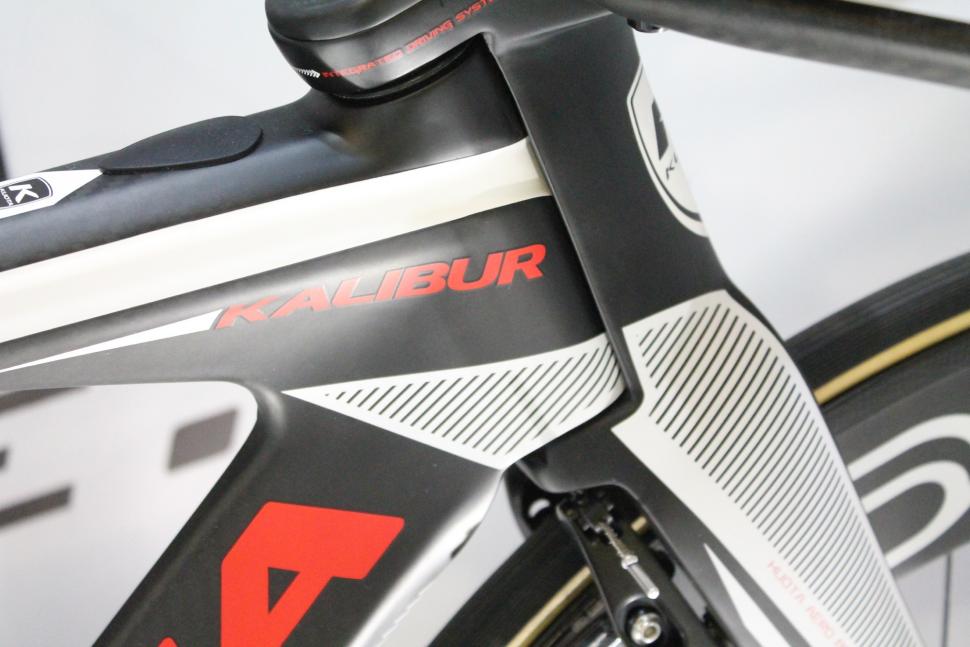
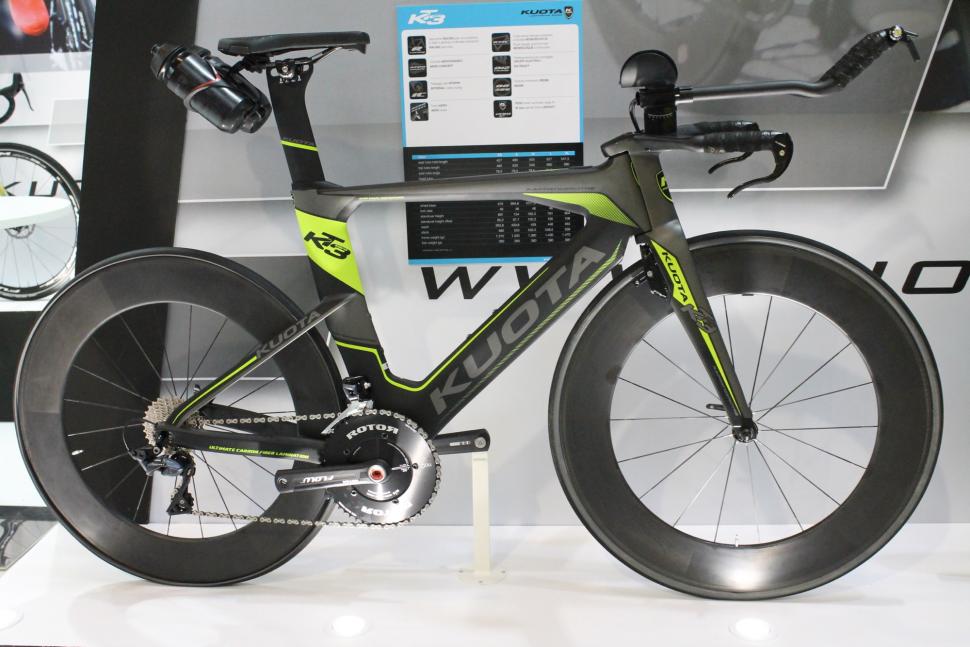
Add new comment
2 comments
The ugly tree sure is bountiful with fruit. Yeesh. At least UCI rules keep things a bit more in check
The Dedacciai is by far the prettiest/least hideous. Maybe the black and orange paint job helps